Sonora native Laura Espinoza is certain that the world is ready for the spirit named after her hometown of Bacanora, and that women need to be an integral part of its production and commercialization.
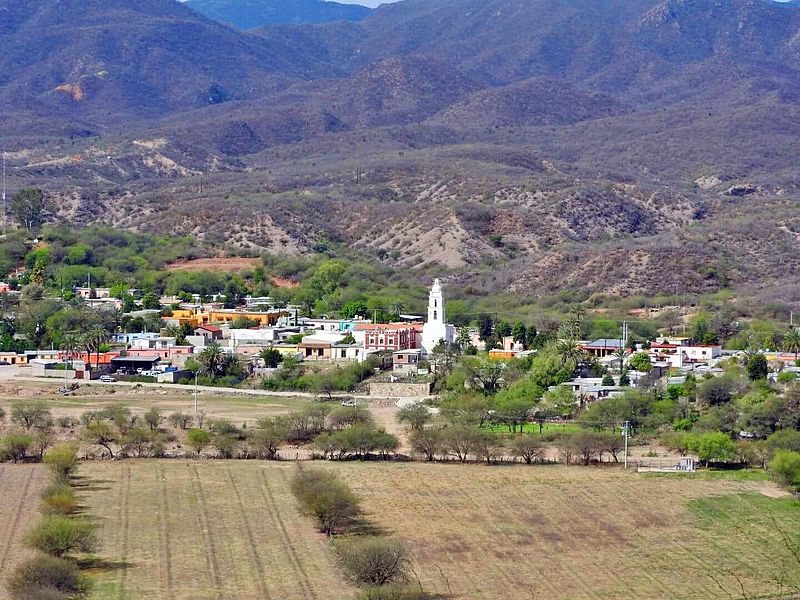
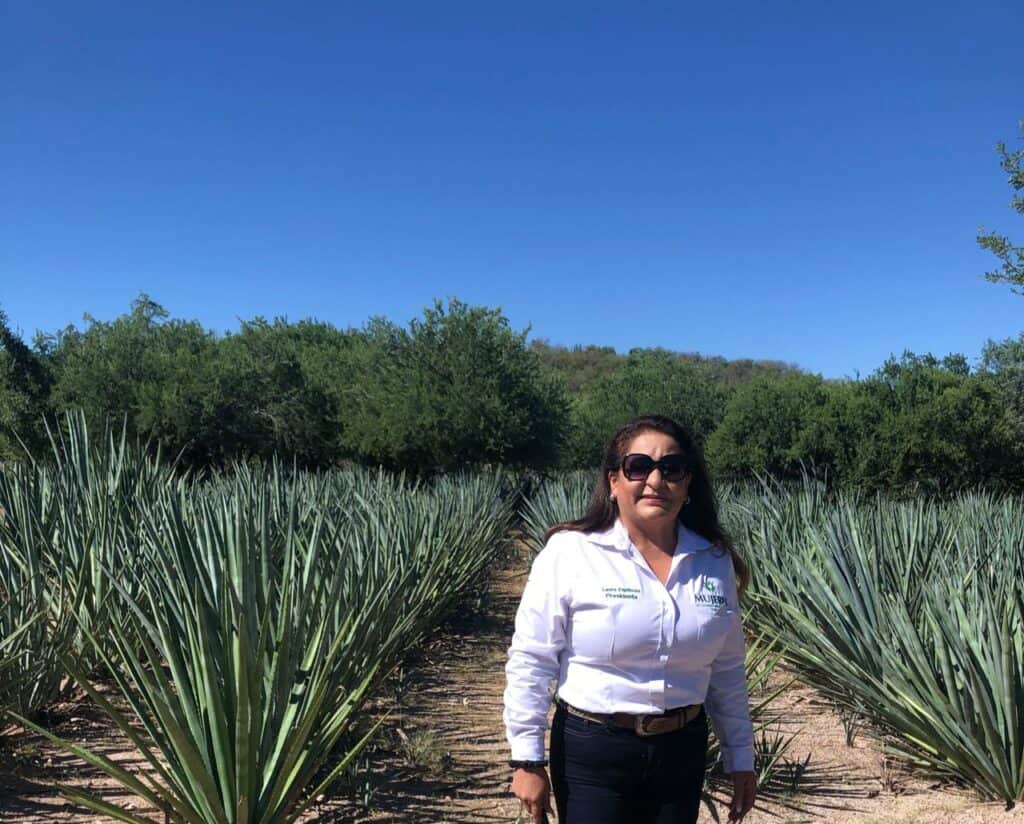
Like tequila and mezcal, bacanora is an agave spirit, but distilled only from one variety, Angustifolia var pacifica (or colloquially yaquiana). which grows in the Sierra of Sonora. Like tequila and the mezcals of Oaxaca, bacanora has its own unique history, culture, and traditions.
Bacanora production has much in common with other agave spirits. Hearts are cooked, fermented, and distilled. While bacanora is not traditionally aged in barrels, the legal definition allows for three categories: joven (not aged), reposado (three months to one year in a barrel), and añejo (one year or more). Bacanora has an identifiable flavor profile due to the use of A. haw and only A. haw–no mixing of other agaves is legally allowed. Like tequila, bacanora is smoother than most mezcals, but does have a subtle smoky flavor.
Bacanora’s uniqueness is as much about its geography in the extreme northwest of Mexico as it is about its history. Mezcal and other distilled spirits faced restrictions and prohibitions since the early colonial period, but if you mention the word “prohibition” in Sonora, you mean a ban that was imposed in 1915 by then governor Plutarco Elías Calles against the production, storage, and consumption of the beverage. Like all prohibitions, it did not stamp out the offending liquid; it just drove bacanora into the most rugged, isolated mountains for 77 years until the ban was finally lifted in 1992.
The spirit is often compared to US moonshine because of this history. For most of the 20th century, only small quantities were produced for local consumption. Sonora missed out on developing a bacanora industry while Jalisco was enjoying the economic fruits of tequila and Oaxaca mezcal was taking center stage.
A mistake that Espinoza and others are trying to correct.
Even in 2023, most bacanora producers are leery of authorities, hiding their operations, and not taking advantage of recent state efforts to promote it. Some sources state that this is a legacy of persecution and even deaths of bootleg producers during prohibition, but Espinoza says that the reality is less dramatic. Resistance to regularization comes from the more remote areas of the high sierra, in communities that have little contact with the outside world. Producers here know bacanora is legal again, but they still produce so little and sell so locally that they see no need to get the government involved in their affairs.
Once opposition to legalization fell, promotional and regulatory efforts almost immediately got underway. In 2000, the federal Mexican Institute of Industrial Property (Instituto Mexicano de la Propiedad or IMPI) granted denomination of origin status so that “bacanora” only applies to agave spirits made in 35 municipalities in Sonora. These municipalities account for just about half of the state’s territory, covering some of the poorest areas in the high mountains, making the denomination and the protections it offers extremely important.
Despite the fact that bacanora production is an important source of income for many families, developing the industry is still a challenge. State licensing of distilleries is slowly growing with about 75 now with their paperwork in order. Espinoza states there are far more stills than that operating in the state. In 2018, a Consejo Reguladora de Bacanora started a certification program as a quality measure, but it was suspended because there was too little interest. The hope is to revive it once enough distillers express interest. Perhaps rightfully, there have been more than a few comparisons between bacanora and US moonshine.
Espinoza’s relationship with bacanora came later in life despite the fact that she grew up in the heart of bacanora territory. Part of the reason was its former clandestine nature; as townspeople, her family did not produce it. Another reason was that like so many here, she migrated to the US, completing high school and university studies in California.
Research projects at San Jose State prompted her to start delving into her hometown’s history and culture, leading her to the agave spirit. The possibilities she saw in it for her community convinced her that her future was south of the border.
Her academic background and interest in politics landed her a job as the historian (cronista) of the Bacanora municipality, where she continued her work researching bacanora and other aspects of the area’s culture. But now, she branched into field research, heading out to the different viñatas to learn about what they did.
Although her research originally was strictly academic, an interest grew in both production and commercialization of bacanora. It was not easy to get the viñateros to open up to her – she was not only with the government, she was a woman as well. Persistent, she began to learn the process bit-by-bit, along with the makers’ stories. All this fascinated her and even now she calls these maestros “…empirical alchemists who know how to make this bit of magic…”
Although bacanora had been legal for some time, there was little development even in Bacanora, only about 30-40 informal producers, none of them women. First as cronista and then as municipal president from 2015-2018, she worked to update local legal frameworks and bring in modern equipment and knowledge. As she comes from a business-oriented family, she knew that getting distillery businesses formalized was absolutely necessary so that they could grow. Last but not least, her time in government taught her that it was also absolutely necessary to teach skills to women, to help them be less dependent on husbands/family.
Although she considers herself primarily a bacanora promotor, Espinoza did establish her own distillery – Casa Desbocado. She stresses that bacanora production is a complicated process, regardless of the sex of the maker. But she also notes that although there have been advances in the visible participation of women in agave spirits, such women account for only a small percentage of makers, even at the small-scale level.
When her term as municipal president ended, Espinoza decided to continue her work with bacanora and women, becoming one of the founding members of the Sonora chapter of Asociación de Mujeres del Bacanora y Maguey de México (Association of the Women of Bacanora and Maguey of Mexico) in 2019.
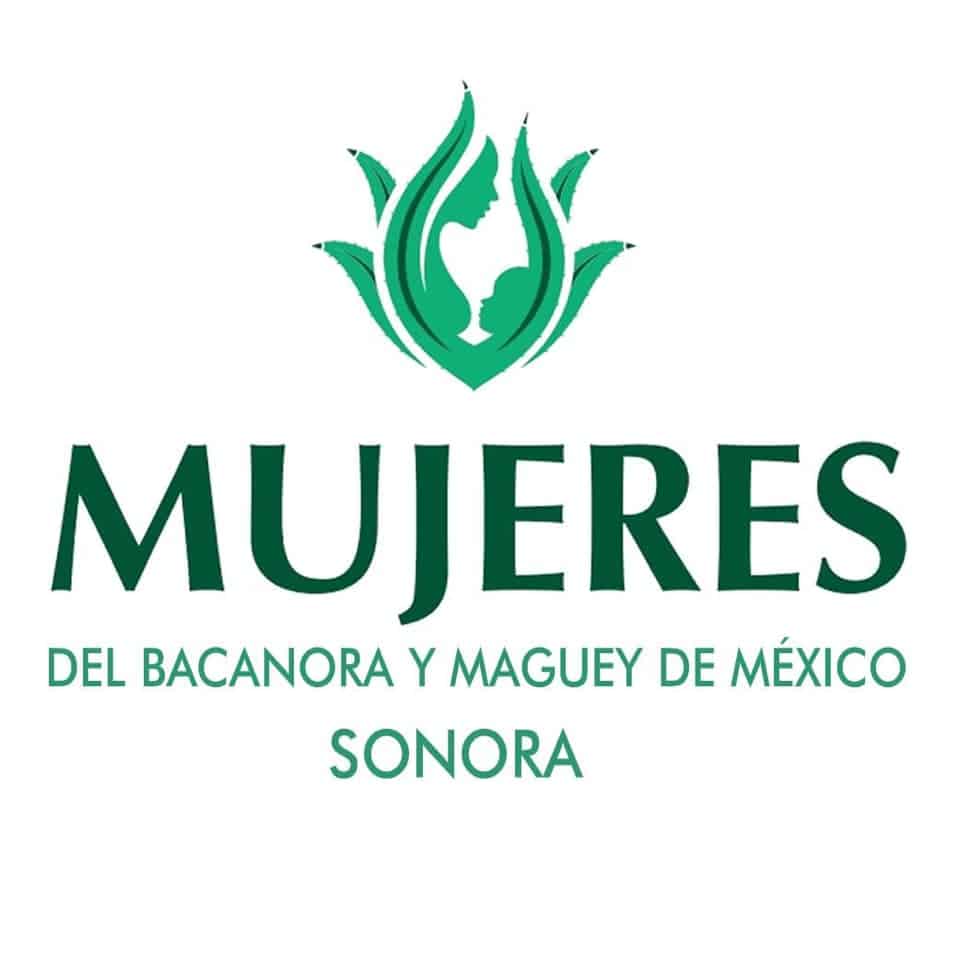
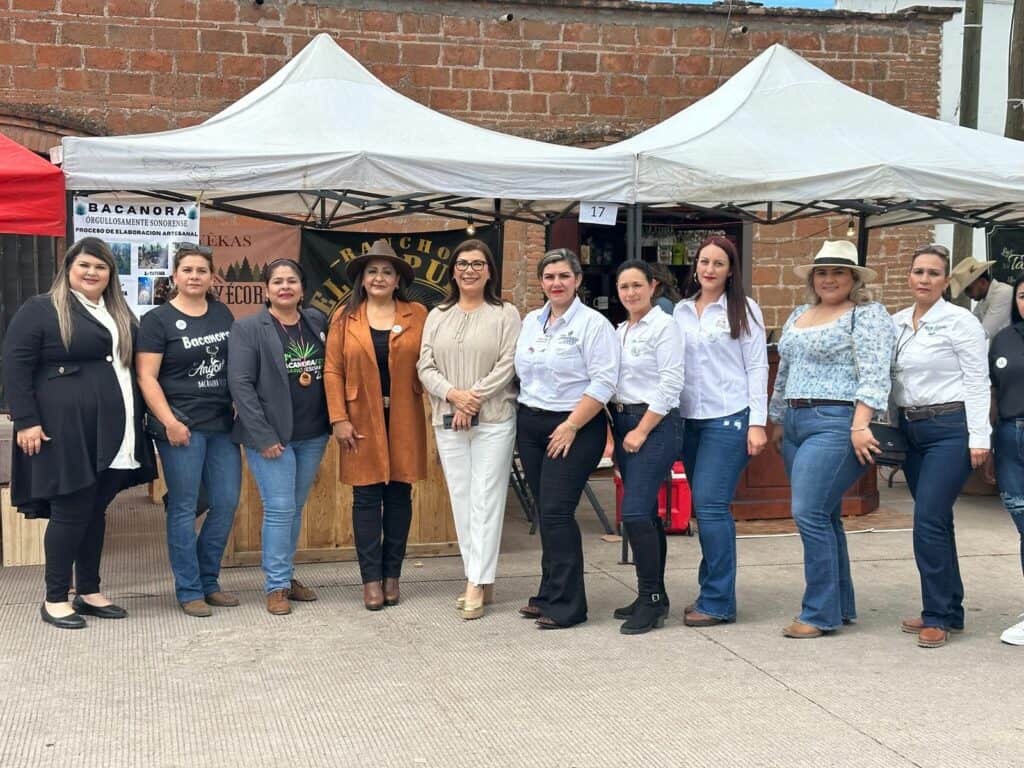
The nonprofit looks to promote and regularize the production of bacanora by the women of her state, and open markets still closed to them. Beginning with 35 members, it’s up to 52, including distillers, lawyers, and other professionals that help distilleries start and grow. Members today produce about 300,000 liters per year and include advanced operations such as Bacanora Sunora and Casa Tetakawi, as well as Espinoza’s company, which have had success selling products in Mexico and even in the US. The goal of the organization is to offer this kind of success to all of its producers, working with Mujeres del Tequila, el Sotol y la Charanda on the national level. Much of their work includes promoting bacanora at local, regional, and national events such as the annual Bacanora Fest, the VinoFest in San Carlos (Guaymas) and the prestigious Tianguis Turístico held by the Secretary of Tourism in Mexico City.
As its name indicates, the organization seeks to have women participate as equals in an industry that has always been almost completely dominated by men. It’s not that women were never part of the bacanora-making process, but they were always secondary at best – “the wife/daughter/etc. of so-and-so, or his employee.” The organization works to encourage women to strike out on their own, providing training in all aspects of the business and documenting theri stories for future generations. But they also work with the general bacanora industry because better development overall is beneficial to women. Espinoza admits that they still “… have a long way to go, especially at conventions and other events when people ask to speak to our bosses…”
That said, she feels that the young industry is learning to accept women entrepreneurs, in part because the industry is growing so much that “…there is no competition…” There is still far more demand than supply.
The more important challenge has been getting the government to understand bacanora’s huge economic potential on the local, state and national levels, but progress is being made here too. In February 2023, Espinoza met with Sonora Secretary of the Economy Margarita Vélez de la Rocha specifically to map out strategies both for bacanora in general and the women involved in the industry.
Like many mezcals in other states, the bacanora industry is in its infancy, with small producers lacking the resources to make the jump from selling what they make to neighbors and local drinking holes to formally bottling, registering and marketing a product way beyond their communities. The work that Espinoza and others like her do is crucial so that fewer artisanal producers disappear.
But Espinoza and the Asociación de Mujeres are ambitious, considering the export of bacanora crucial. Various producers in Sonora export to the US market and a few are looking to break into the European one. Of the distilleries associated with the Asociación de Mujeres, only Casa Tetakawi is exporting to the US. However, the organization is working to lay the groundwork to follow Tetakawi and other bacanora producers into these lucrative areas. Making bacanora a prestigious drink, much like tequila is today, gives the industry more results for its hard work and resources.
They not only want to help the economic status of women viñateras, but the economies of all 35 designated municipalities because the women do not operate in a vacuum. Development of the industry not only includes bottling and selling alcohol, but promoting the region’s geography, culture and gastronomy. The idea is to have bacanora act as an introduction to the Sierra de Sonora region, which is little known even in Mexico itself.
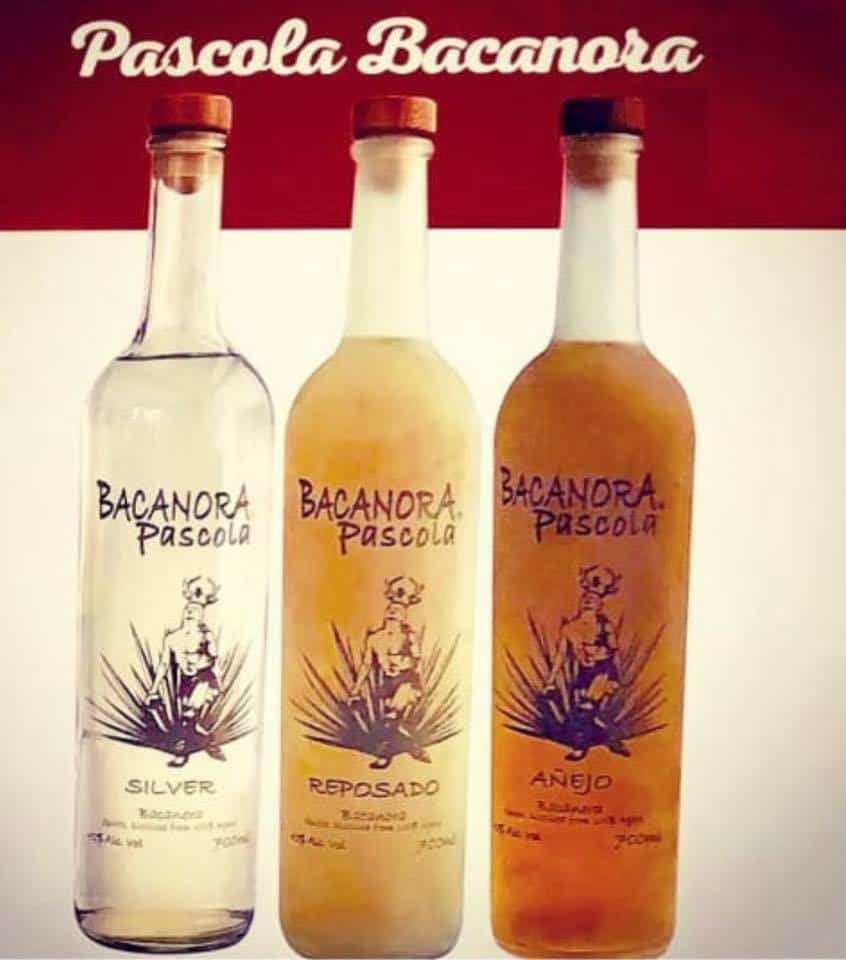
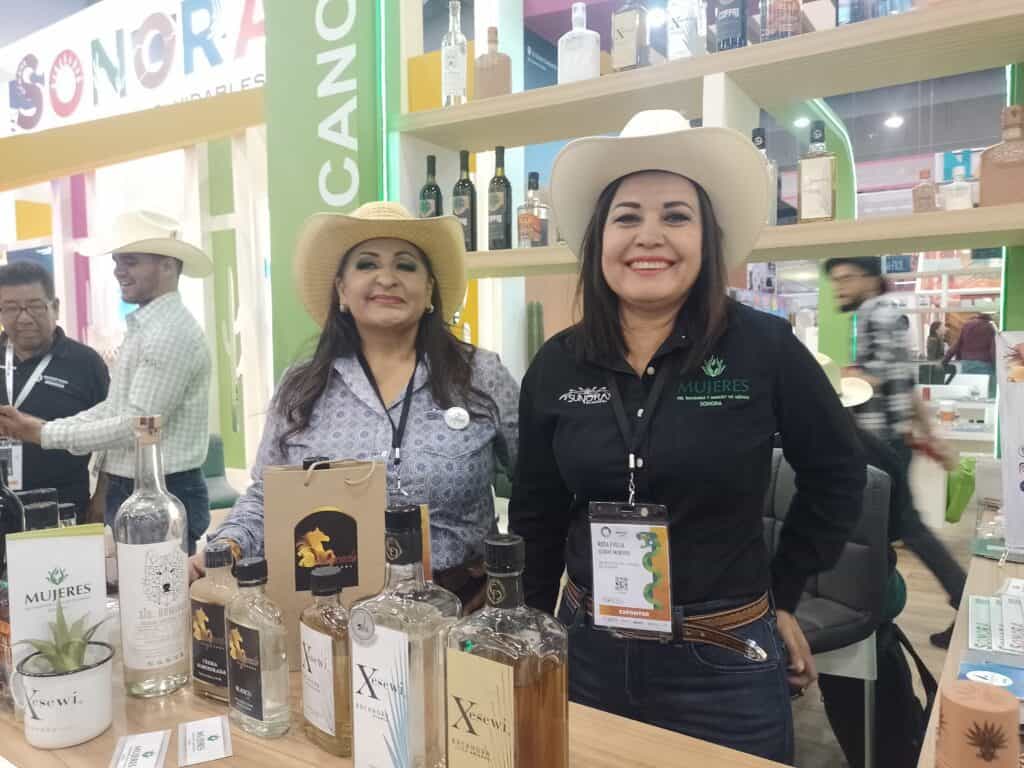
Espinoza’s hopes are focused on the fruits of the labor being done now, and for sentimental reasons, for her hometown in particular. Bacanora, the drink, still needs to be better known, even in the state. Far more tequila is drunk in Sonora than bacanora where some people still believe it is illegal. It is almost entirely unknown in the rest of Mexico.
Much of her work has been to research the tequila and mezcal industries in Jalisco and Oaxaca respectively, looking to learn both from what these states have done right and what errors they have. She respects the marketing success of both, noting how tourism has played a crucial role in reputation (and consequently pricing). But she has also noted how the lack of sustainability strategies are putting strains on their products, affecting both availability and quality. Bacanora was, still is, made with wild agave. There has been no culture of replanting the agave taken from the desert, which she blames on prohibition. She is promoting semi-cultivation – “The important thing is that if you cut an agave, you plant at least two.”
But perhaps the greatest ambition is to create an economy in the Sierra de Sonora such that people like her no longer need to migrate north in search of a better life. That bacanora and related industries can develop such that people have opportunities in their hometowns, and even entice those who left to come back. Bacanora even now is at least a second income to many families in this impoverished region, but it has much more potential. “We need bacanora to be known in the world so that tourism can grow, and the economy can help our families move forward. In the Sierra de Sonora.”
In addition, Espinoza sees bacanora production as empowering for women, advising potential colleagues not “…be afraid to be part of an industry dominated by men. We can contribute a lot to getting these vinatas off the ground and to be part of any link of the supply chain, or all of them” adding ”…it is enormously satisfying as a women to represent an industry, an activity that is associated with men, breaking stereotypes to show and set an example for those women who say it cannot be done. Of course we can, and we do.”

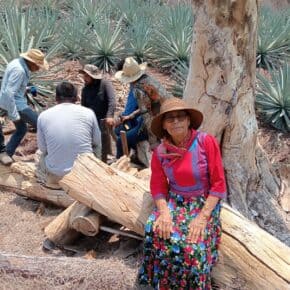
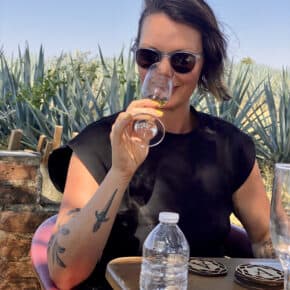
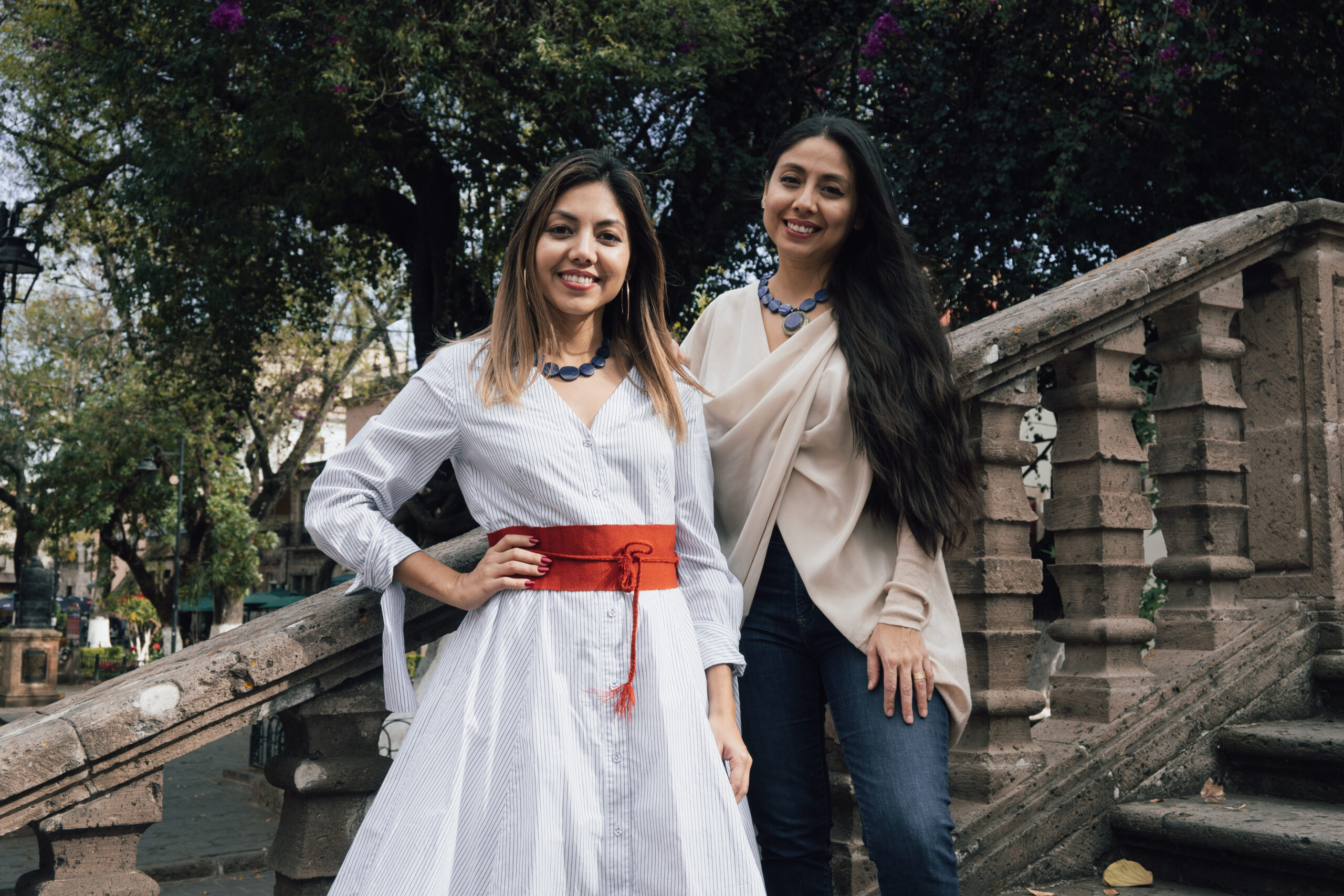









Leave a Comment